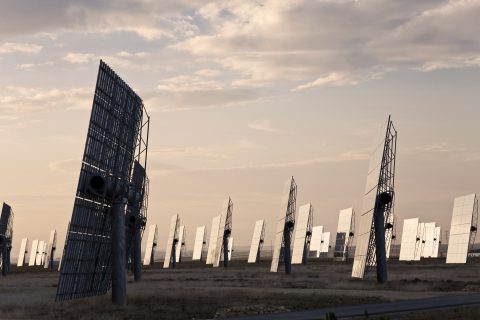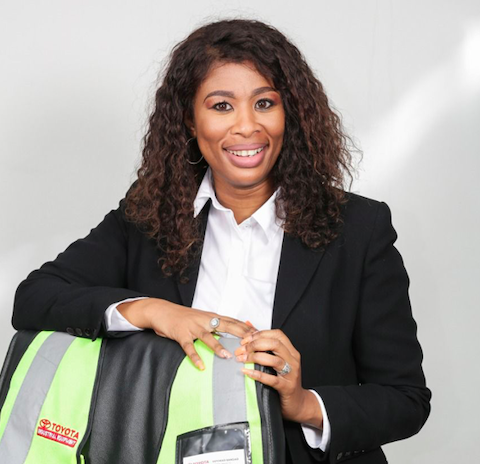Celebrating Women
Still Not Enough
While still considered a male-dominated industry, 48 per cent of South African construction companies are owned by women, reports the Construction Industry Board.
“But,” says Nonhlanhla Mayisela, CEO of Izandla Property, and chairperson of the Women’s Property Network (WPN), “we’re still not where we should be in terms of gender parity in the built environment in South Africa. ”
Nonku Ntshona, CEO of Nonku Ntshona & Associates Quantity Surveyors, agrees, saying that while the built environment employs 10 per cent of the total working female population in South Africa, the industry has not transformed enough. “For example, there is still a perception that women are better suited to certain roles and functions – those that require “softer” skills.
“Women could be breaking ground and making huge strides if only the industry had acknowledged transformation through appointments of equally qualified females in key management positions that women currently, do not occupy.” This, Ntshona believes, will pave the way for future generations of females to enter the industry.
“The industry has to be more inclusive, accommodating and committed to training, mentoring and developing women. These efforts must be monitored and reported on. While there is ample training, not much is known about the impact of this training and whether potential employees match the demands of the work environment. In addition, many employers in this industry are unsympathetic towards mothers, believing that it prevents them from performing their duties to the fullest. More needs to be done by employers to create policies that provide both men and women with greater support to manage work and family life,” Ntshona notes.
Mayisela says the WPN found that in the property and built environment, women comprise only 15 per cent of executive and board level positions in South Africa, falling short of the original target, set by the 30% Club Southern Africa, of 30 per cent female representation at all executive levels by 2020.
“We have to ask why we are only halfway to these targets,” says Mayisela. While there has been significant progress, especially in terms of training young women to enter property-related fields (Mayisela noted that more than half of the graduates are female), the numbers don’t level at executive and board level.
“We’re ticking the boxes in terms of training and we’re seeing women occupying roles at junior and middle management levels, but there isn’t fair representation higher up,” she adds.
No more excuses
Mayisela doesn’t believe we can keep on making excuses for this. “The property and built environment industries must make a concerted effort to retain graduates and make the executive environment female-friendly. They must adopt a cradle to grave approach, one that is well thought out and not reactive to quickly meet targets.”
There’s ample research to show that having women in leadership positions in the workplace is beneficial not only to companies, but also to broader society. As the WPN says: “Empowering women in the workplace – and particularly into positions of leadership – causes an economic ripple effect … When the South African commercial property sector deliberately prioritises the advancement of women, the benefits that arise are far-reaching in their scope and impact. If we are looking to South Africa’s long-term prosperity, prioritising women in leadership isn’t merely a business necessity, it’s a macroeconomic imperative.”
“And, says Ntshona, “big players must go beyond ticking boxes and paying lip service to achieving gender parity.”
Mayisela has high hopes that in the next three to five years, the property and built environment will have greater gender equality with a 30 per cent representation of women on boards and in executive structures.






 Sign-up and receive the Business Media MAGS newsletter OR SA Mining newsletter straight to your inbox.
Sign-up and receive the Business Media MAGS newsletter OR SA Mining newsletter straight to your inbox.